Oktoberfest Beer Showcase | Hochzeitsbier von 1810 Brauerei Hofstetten
The concept of an Oktoberfest style beer conjures up whimsical stories similar to those about the creation of IPA and Saison. Cute stories, but not quite accurate.
Everyone agrees a celebration was held in Munich in 1810 when Prince Ludwig married Princess Therese. With few exceptions (including 2020), the celebration known as Oktoberfest has been held each year since. However, not only was beer not an integral part of this celebration in the early years, it was different from beer that is sold today as Oktoberfest beer (Märzen or Festbier).
Instead, in the first few decades that Oktoberfest was celebrated, people were more likely to have Braunbier (a precursor to Dunkel), as well as Weissbier, wine, and even beer from Bohemia and present-day Austria. Braunbier was not a specific style and would have varied from brewery to brewery.
It is true, though, that in the early days of Oktoberfest, Bavarians would have been clearing out cave-aged Braunbier to make way for fresh batches as summertime brewing was prohibited.* However, this was a practice that was taking place for centuries before 1810.
It wasn’t until the 1870s that a beer style became associated with Oktoberfest. This was when a tent ran low on beer and ended up selling Franziskaner’s Lager made in the “Viennese style.” It was called Märzen (meaning March in English, reflecting the time of year when the beer was brewed, which historically would’ve been the last batches of the brewing season). Within the next few decades, Märzen became the style all the breweries made specifically for Oktoberfest. Beginning in the 1950s, this started to shift to a lighter style. Now, Festbier, a paler Lager, is the default beer at Oktoberfest. Perhaps IPL is next.
Read: PorchDrinking Oktoberfest Guide & Beer Showcase Series
Brauerei Hofstetten’s Hochzeitsbier von 1810 (wedding beer from 1810), attempts to recreate a beer that would’ve been on hand at the time of the royal wedding. This unfiltered and unpasteurized beer is unique and differs from other Oktoberfest seasonals currently available.
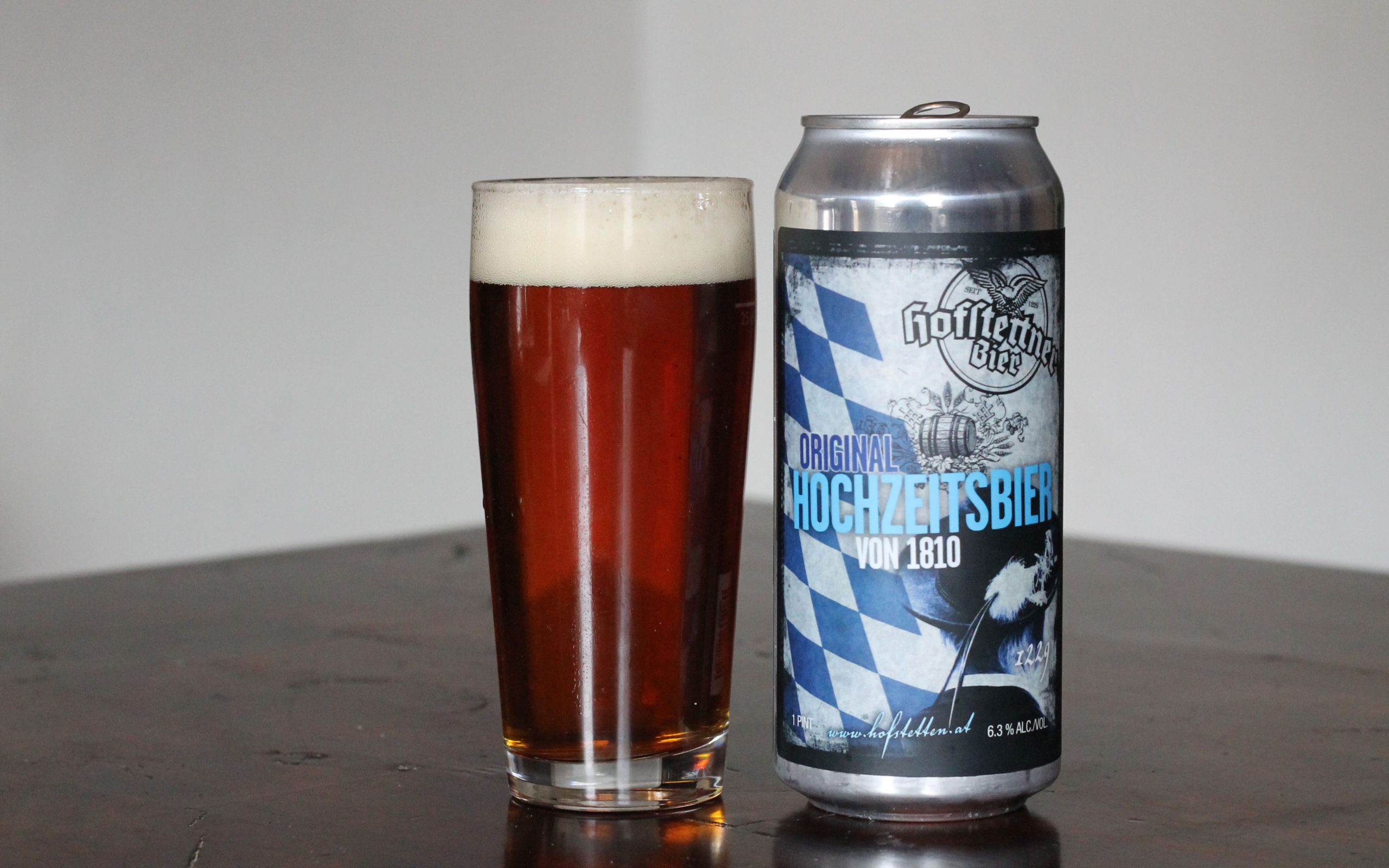
Hofstetten’s Owner and Managing Director, Peter Krammer, reviewed historical brewing records to come up with a recipe. Alcohol content varied somewhat back then, and this beer is 6.3% ABV. The strength is noticeable. You can tell from the aroma that the beer packs a punch.
Hofstetten brews several interesting Bock beers, and this beer is reminiscent of that style. It’s a strong, malty beer, and it has dark fruit notes.
Filtration techniques have been around for a long time, but did not become the norm until well after 1810. That said, the process of lagering allows suspended matter to drop in a beer. And the imported version of this beer is lagered for about six months, including one-month shipping time in a dark, temperature-controlled tank. While unfiltered, this beer leans on the bright side.
It’s impossible to recreate the ingredients that were available in 1810. For a variety of reasons, natural products change over time. This beer has a 100% Munich malt bill, though that was not available in the early 1800s. The result is a dark, amber beer. “We use a historic decoction mash program,” Krammer says, “and what is more important than that, is that this beer is brewed in our historic brewhouse my grandfather set up in 1929.”
He adds “we source the 100% Munich malt for our Hochzeitsbier from a local malthouse that is called Plohberger, and our hops come from farmers around the brewery as the area where we live, called Mühlviertel, is one of Austria’s biggest growing area for hops.”
With attention to detail, Hofstetten recognizes that glass mugs were not available in 1810 (except perhaps for a very small few), and they have created a proper stein for this beer (see the feature image at the top of the article) so that the experience of enjoying this beer can be even closer to how it would have been at the original Oktoberfest.
B. United International imports this beer as part of its Tank Container Project. It is available now.
*Long before Oktoberfest, brewers realized that brewing in warmer weather resulted in greater chances of spoiled beer (though they didn’t understand why at the time). A ruling “decree” from 1553 established a brewing season from September 29th to April 23rd. This rule was lifted in the late 19th century when refrigeration made it irrelevant.
Feature image photo credit: Brauerei Hofstetten


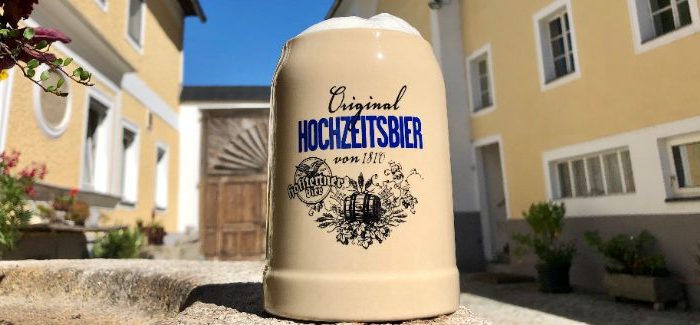

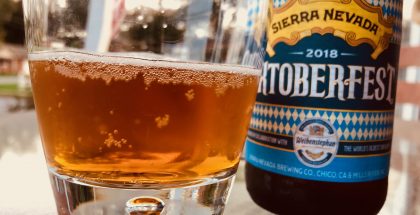

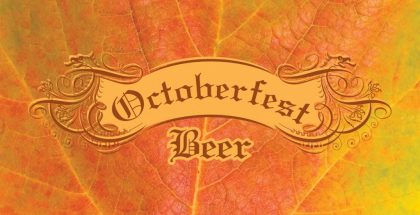
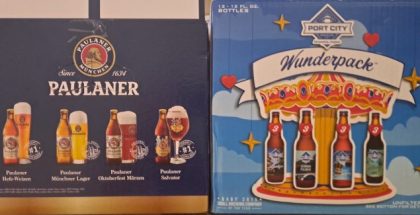
Submit a Comment